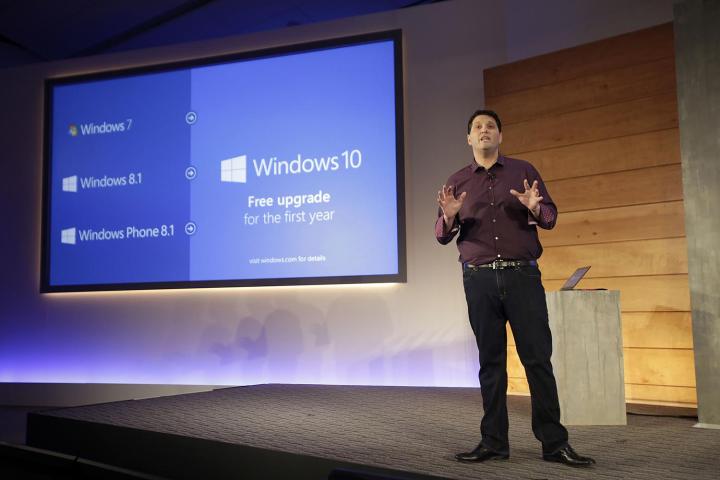
“Completion” is the operant term, but Microsoft plans to continue issuing major Windows updates at a fast and frequent clip. Windows 10, which marks the platform’s transition to “software as a service,” implies not only regular fixes and security updates but feature additions far into the future (vice president of operating systems Terry Myerson has called the “final version of Window”). Microsoft’s already promised extension support for Edge, its new Internet browser, and improvements to its built-in apps for Windows 10.
That accelerated pace of development recently manifested ahead of Windows 10’s release. Microsoft pushed three new versions of the operating system (build 10158, 10159, and 10162), each bearing hundreds of improvements and of bug fixes, in rapid succession to Windows Insiders last week.
The newest Windows 10 distribution isn’t without problems, but the company’s focusing solely on rectifying any showstopping issues ahead of the impending July 29 deadline. To that point, leaked release notes of build 10163 show fixes related to networking, security, and enterprise app deployment.
As Microsoft laid out last week, OEMs and retailers will be among the first to receive the finalized version of Windows 10. The public rollout will begin soon after, starting with Windows Insiders, business, and volume license customers. In a blog post, Meyerson wrote the goal is to ensure the update goes smoothly for the vast majority of users. “Each day of the roll-out, we will listen, learn and update the experience,” he said.
This year’s Windows release will effectively be Microsoft’s largest ever. The company’s offering Windows 7, 8, and 8.1 users the chance to upgrade for free within a one-year window, a part of the company’s twofold effort to realign revenue around services rather than software. Microsoft’s hoping to spur adoption of the Windows Store (transactions from which it receives a cut) and drive users towards its cloud-based subscription services like OneNote, OneDrive, and Office 365. Whether Windows 10 will help the company to achieve those goals is unclear, but it’s undoubtedly the company’s largest and most progressive stride yet.
Editors' Recommendations
- You’re going to hate the latest change to Windows 11
- Microsoft announces a new threat to push people to Windows 11
- Windows 11 vs. Windows 10: finally time to upgrade?
- 7 beloved Windows apps that Microsoft has killed over the years
- How to start Windows 11 in Safe Mode


